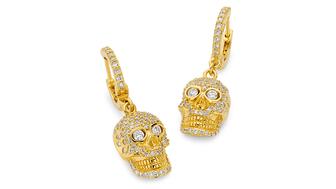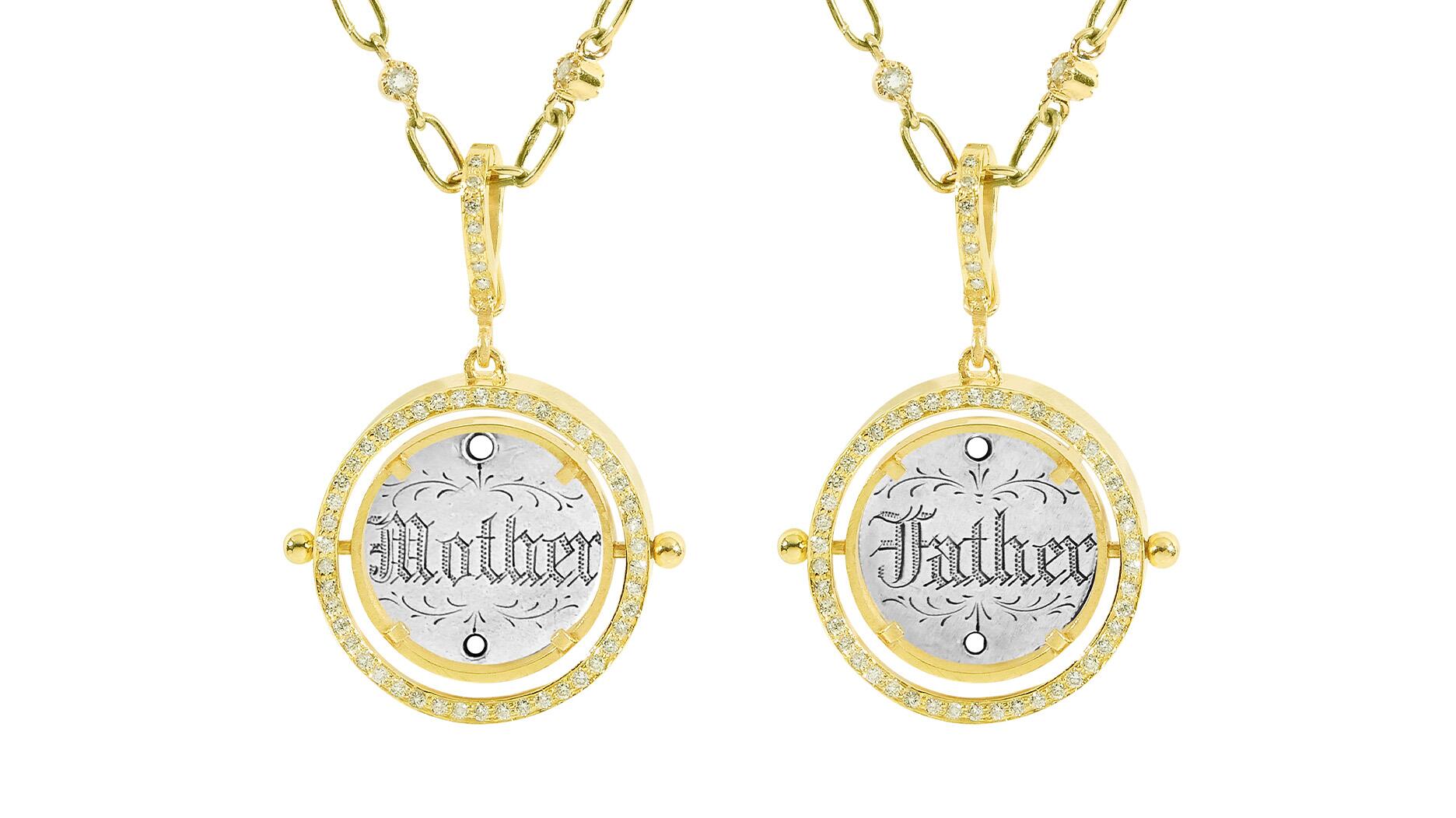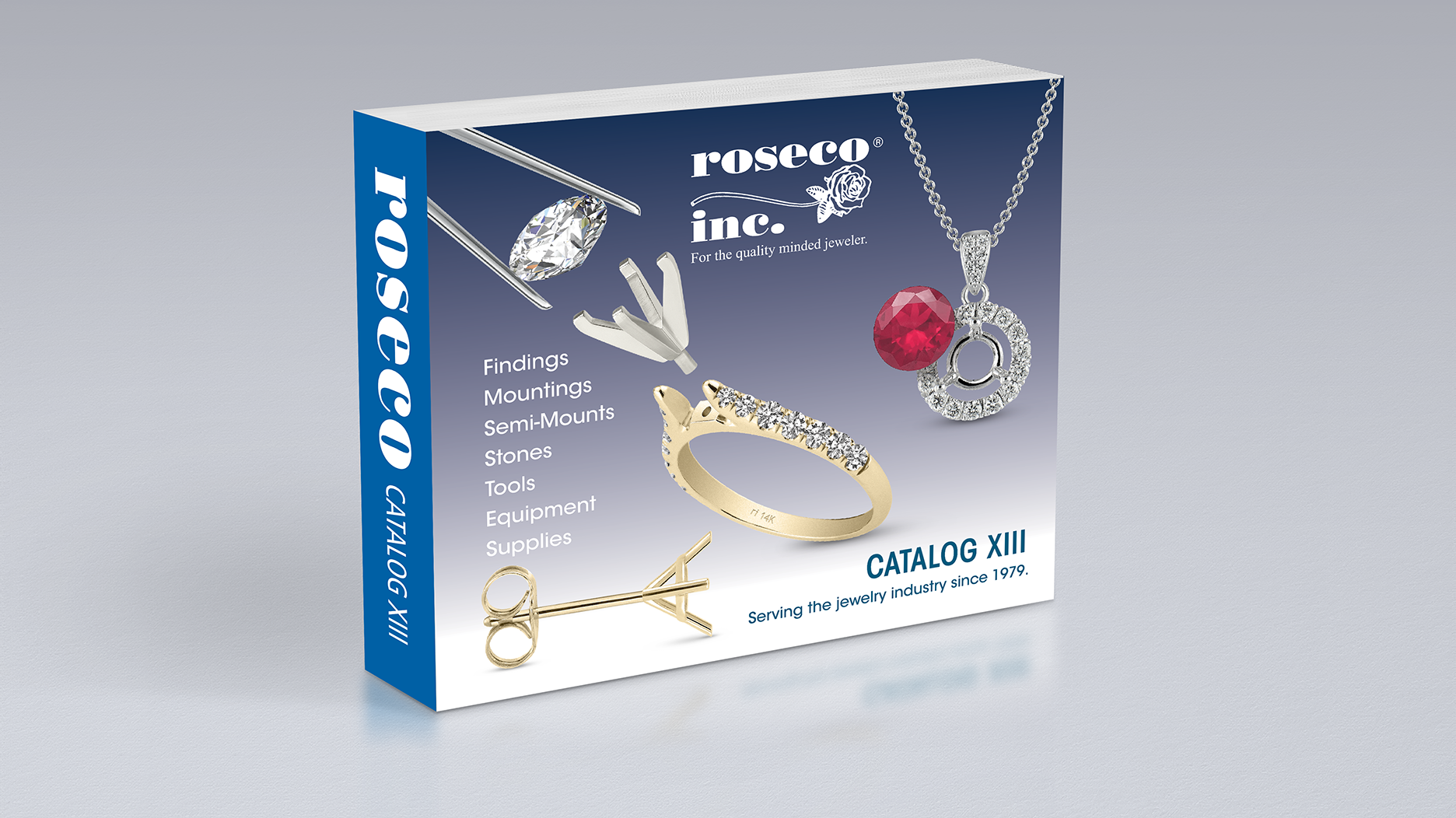The NYPD is looking for three men who stole a safe and jewelry valued at $3.2 million from the home of a jeweler in Jamaica Hills, Queens.
The History Behind … Cameos
Jewelers’ love affair with cameos has been recurrent since the Roman era, and a handful of contemporary designers continue to innovate the iconic jewelry style.

New York--Iconic jewelry trends have a way of resurfacing through the centuries, and the cameo is a perfect example.
Experts say that the jewelry style enjoyed the greatest popularity during the Roman era, the Renaissance and the 19th century.
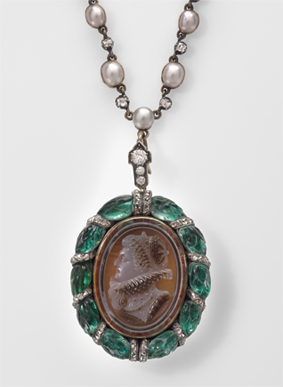
“The cameo, perhaps more than any other form of jewel, has been appreciated as a work of art and an object of virtue since ancient times through to the Renaissance era and the Neo-classical period,” said Michele Rowan, owner of antique store Rowan & Rowan and author of “Nineteenth Century Cameos.”
Today, a handful of designers make the classic style their own, whether as the signature of their brand, like Amedeo Scognamiglio, or as one element of their oeuvre, like Jacquie Aiche, Wilfredo Rosado, Lydia Courteille and Laura Lee.
National Jeweler spoke with Scognamiglio, Rowan, and Emily Stoehrer, the Rita J. Kaplan and Susan B. Kaplan Curator of Jewelry at the Museum of Fine Arts, Boston, on the cameo’s continued reemergence through the ages.
When did cameos first appear in history?
“You really see them in the Roman period,” said Stoehrer. “Then there’s a revival of them in the Renaissance period when there’s this renewed interest in classical art and then you see them go in and out of fashion in the 19th and 20th century.”
According to Stoehrer, cameos passed down through generations were sometimes repurposed, leaving the cameo itself intact but updating the setting for modernity.
This practice is still employed by designers like Aiche, who uses either vintage cameos or carved versions of her own creations, as well as Courteille.
What were they made of?
“Cameos are relief carvings, in effect miniature sculptures,” Rowan explained. “The mediums they were carved from were mainly agate or various types of shell. Gem engravers carved each stone or shell by hand to create figures or scenes, which stood proud from their background.”
“The carver exploits the different variations of color that are in the layers of shell or stone and with that they’re able to carve different motifs in low relief,” said Stoehrer.
What subjects do cameos portray?
No matter the period a cameo was created, the subject matter
“The subject matter rarely varied, most cameos--whether ancient or 17th, 18th or 19th century-- tended to depict scenes or personalities from Greek mythology. The universal appeal of tales of love, loss, deception and magic endured,” said Rowan.
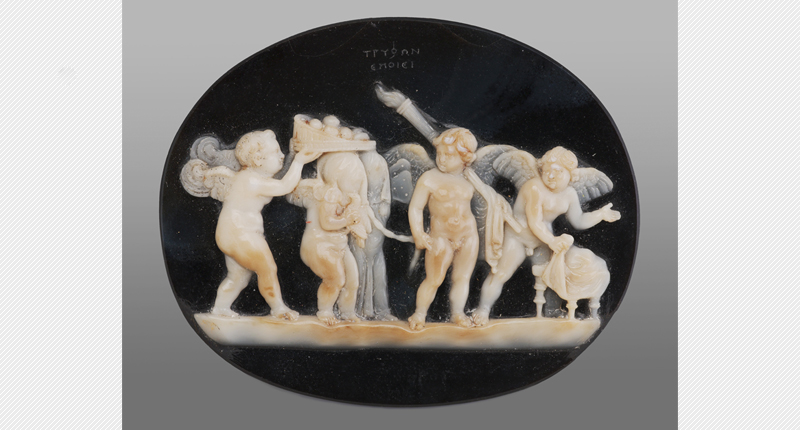
“You’ll typically see allegorical themes, portraits or mythic figures like Medusa for example,” said Stoehrer.
Stoehrer noted that while mythology has been the predominant theme of cameos, some were commissioned to depict real people, a particularly good example of which can be found in bracelet-form in the Museum of Fine Arts, Boston’s permanent collection.
“The bracelet has four cameos representing the Hunt brothers,” she said. “Each one is in the likeness of one of the four brothers and it was donated to the Museum of Fine Arts by their sister.”
Who would typically buy or commission a cameo?
The MFA’s cameo collection features pieces that originated in the collections of the wealthy and influential elite, Stoehrer explained, such as one that belonged to Flemish Baroque artist Peter Paul Rubens.
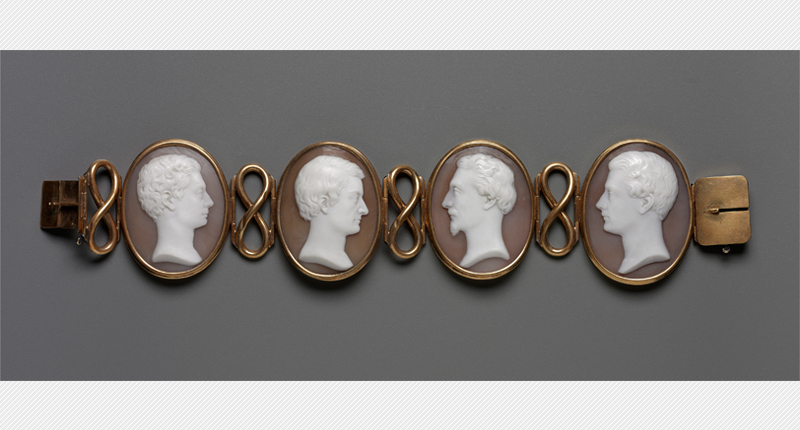
Rowan explained that, later on, the owning of cameos became more democratic.
“During the 19th century, the cameo moved from the realm of the wealthy cabinet collector to a wider audience,” she said. “Increased wealth among the European middle class and increased travel meant a demand for souvenirs, especially from trips to Italy. The shell cameo industry in Italy increased in size to meet demand.”
What about the cameo’s decline after Victorian times?
In the earliest part of the 20th century, the cameo peaked.
At the time, the image of a woman wearing a choker was an extremely popular figure portrayed in cameos, so popular, said Stoehrer, that it saturated the market and fell out of favor.
As chokers became mass-produced, the quality also suffered.
“The advent of the machine-carved cameo led to a serious decline in quality,” said Rowan.
The Cameo Now
Scognamiglio’s pioneering of the ancient trend has created the cameo’s biggest contemporary success story.
Rare for a modern artist, the Italian-born designer learned to carve cameos in the ancient technique.
“My family has been making cameos since 1857, basically all branches of my paternal family have been either master carvers or cameo manufacturers, throughout two centuries,” said Scognamiglio, who nevertheless, is a self-taught carver, as his family expected his interest in cameos to be a passing fancy.
Scognamiglio started with classic themes found in Greek and Roman mythology, and mastered these before deciding to put his own stamp on the art form.
He created works depicting monkeys, skulls, elephants and crowns, combining ancient craft with rock ‘n’ roll modernity.
He explained, “I made them cool again, contemporary again. And only someone with my long heritage and family tradition, only someone from the bench like me could have done so. I decided I would revolutionize the idea of cameos.”
Scognamiglio opened a boutique in New York City in 2006, eventually expanding to also sell at other retailers. Ten years later, his business is still booming, and he’s known as “the king of cameos.”
“I thought that there was not much interest in cameos now,” said Stoehrer. “I’ve heard from different dealers that they collect dust in their show room, but I had a group in at the MFA who completely disagreed and thought that cameos were really gaining popularity right now. Maybe this is their moment.”
Scognamiglio’s works are particularly popular for their tongue-in-cheek motifs, but the designer couldn’t have created them without studying what came before.
“Evolution comes from a long way,” he said, “from research, study and classical practice.”
The Latest

The trade organization also announced its executive committee and five new directors.

The “Have a Heart x Diamonds Do Good” collection is championed by model and humanitarian Flaviana Matata and will benefit her foundation.

From educational programs, advocacy, and recent MJSA affiliation, Jewelers of America drives progress that elevates businesses of all sizes.
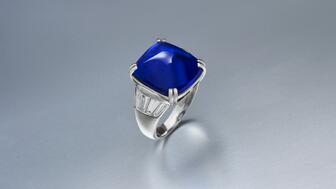
The ring, set with a nearly 17-carat Kashmir cabochon sapphire, sold for $1 million.

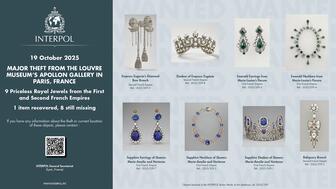
The suspects were rounded up in Paris and its suburbs on Wednesday night, but none of the stolen jewels were recovered with them.

Experts share top tips on how to encourage positive reviews and handle negative feedback.

Sponsored by the Gemological Institute of America

The suspect faces charges in the August robbery of Menashe & Sons Jewelers and is accused of committing smash and grabs at two pawn shops.

The “Lumière Fine” collection was born from designer Alison Chemla’s interest in the transformative power of light.
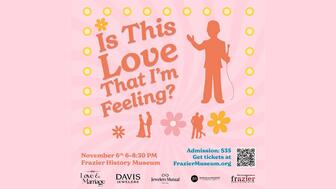
The “Brilliant & Beyond” panel coincides with the “Love & Marriage” exhibition curated by Davis Jewelers in Louisville, Kentucky.

Consumers are feeling more optimistic about their present situation while the short-term future remains a little scary.

The company, which organizes a watch show in Geneva every spring, will bring a selection of watch brands to the 2026 Couture show in Vegas.
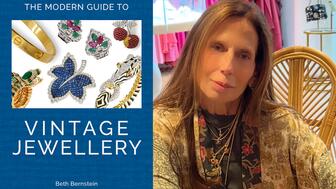
“The Modern Guide to Vintage Jewellery” follows the evolution of jewelry design from the ‘30s to the ‘80s with buying and styling advice.
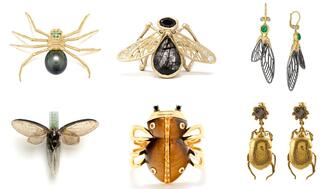
For her annual Halloween story, Senior Editor Lenore Fedow explores the symbolism behind spiders, beetles, and other eerie insects.
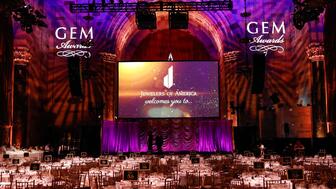
Notable jewelry designers, members of the press, and retailers are up for an award at next year’s gala.

Leaders from Jewelers of America and National Jeweler discuss the gold price, tariffs, and more in this one-hour webinar.

After experiencing motherhood, growth, and loss, founder and designer Erin Sachse has created 10 irreplaceable jewels.
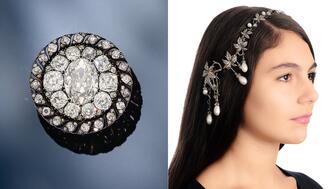
It is part of Sotheby’s “Royal & Noble Jewels” sale along with an ornate hair ornament and an old mine-cut light pink diamond ring.
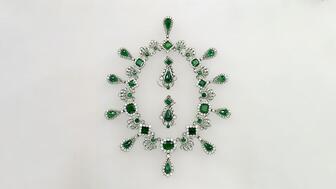
One of the individuals was apprehended at the airport as he was trying to flee the country.

The retailer, which has faced struggling sales in recent quarters, is looking to streamline its operations.

Hill Management Group will oversee, market, and produce next year’s spring show.

London-based investment firm Pemberton Asset Management acquired the auction house for an undisclosed amount.

The workshop will give attendees the chance to try out and ask questions about three different diamond verification instruments.
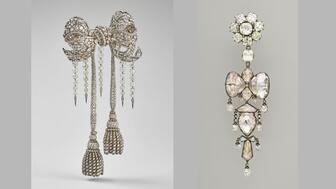
The footage shows two of the jewelry heist suspects descending from the second floor of the museum and then escaping via scooter.
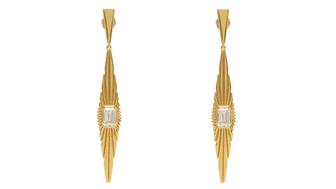
Founder and designer Rosanna Fiedler looked to a vintage Cartier clutch when designing the sunlight-inspired drop earrings.



